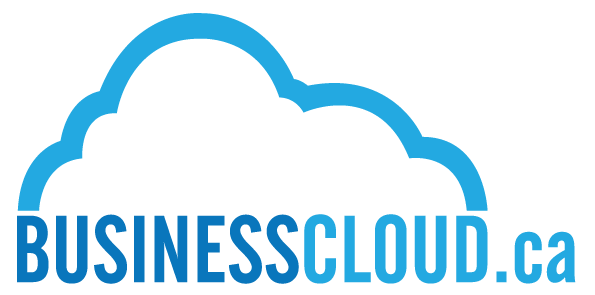In a 2010 article entitled How Technology Enhances Collaboration, Mike Schaffner states that “a fundamental requirement for collaboration is communication.” In this article, he surprisingly proposes that the prime role of technology in collaboration is to highlight and even foster disagreement. Disagreement, he argues, is a tool to help examine positions, test conviction, and encourage serious discussion. As I was researching the topic of this week’s blog post, I realized that this hypothesis holds true on many levels. If everybody is in agreement about strategy and decisions, what is there that is left to discuss?
However, if effective arguments are made, conclusions can potentially be stronger and more thorough.
This is why communication is the key to collaboration.
In relation to technology, Schaffner states that computer systems provide platforms for people to disclose what they are working on and what their opinions are, reducing the risk of conflicting perspectives being left undiscussed. This, in my mind, is the essence of technological collaboration; giving people a medium to express their message is half of the collaborative process. There will always be the rare occurrence of completely parallel viewpoints in the workplace, however, the majority of advancing decisions are born out of
Schaffner frequently references Padmasree Warrior’s blog post The Next Generation Collaborative Enterprise. Warrior says that “it is important to point out that collaboration must not be confused with consensus or teamwork.” Collaboration is defined as the action of working with someone to produce or create something, not
Here at Business Cloud, we strive to rethink business processes as they relate to the ever-changing technological ecosystem. Every week, we meet to discuss current trends and developments, and how we can use these tools to create a more efficient workplace. The ability to share documents internally and with our clients, edit them together in real-time, suggest revisions, and then distribute them electronically has changed the way we do business. By rethinking the methods in which we work together, we can ultimately find new ways to cooperate.
Platforms such as Google Drive cultivate collaboration. Giving anyone the ability to work together from anywhere, on any device, creates a synergy of teamwork and technology. The articles referenced above were published six years ago, in a sense predicting the way the ideal workplace could function. Today, when this possibility can be a reality, why would anybody turn away from a collaborative community?


